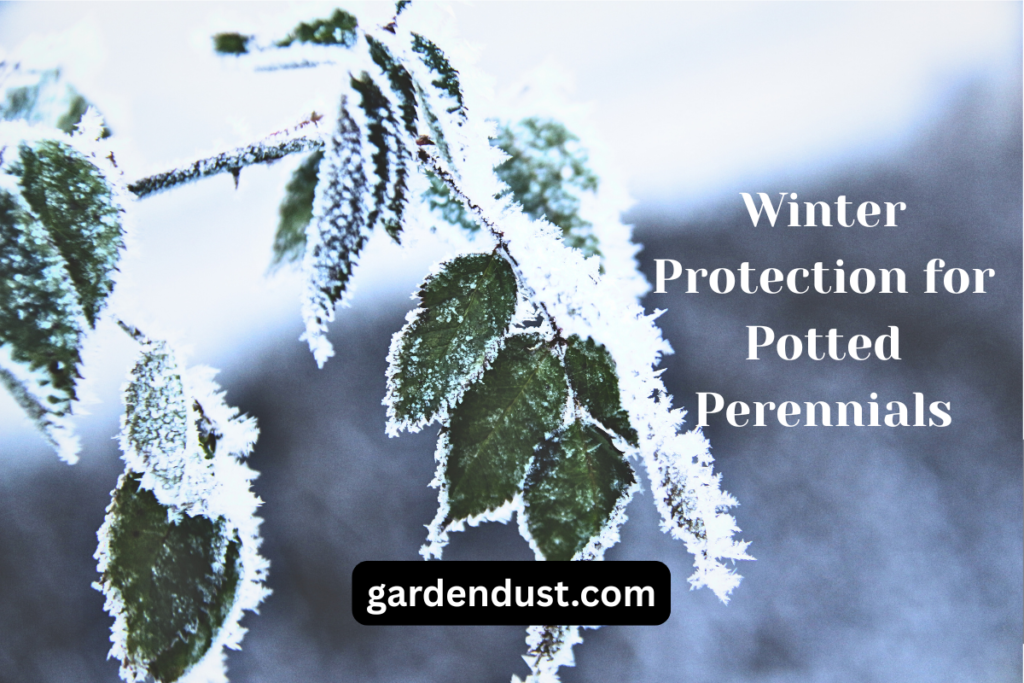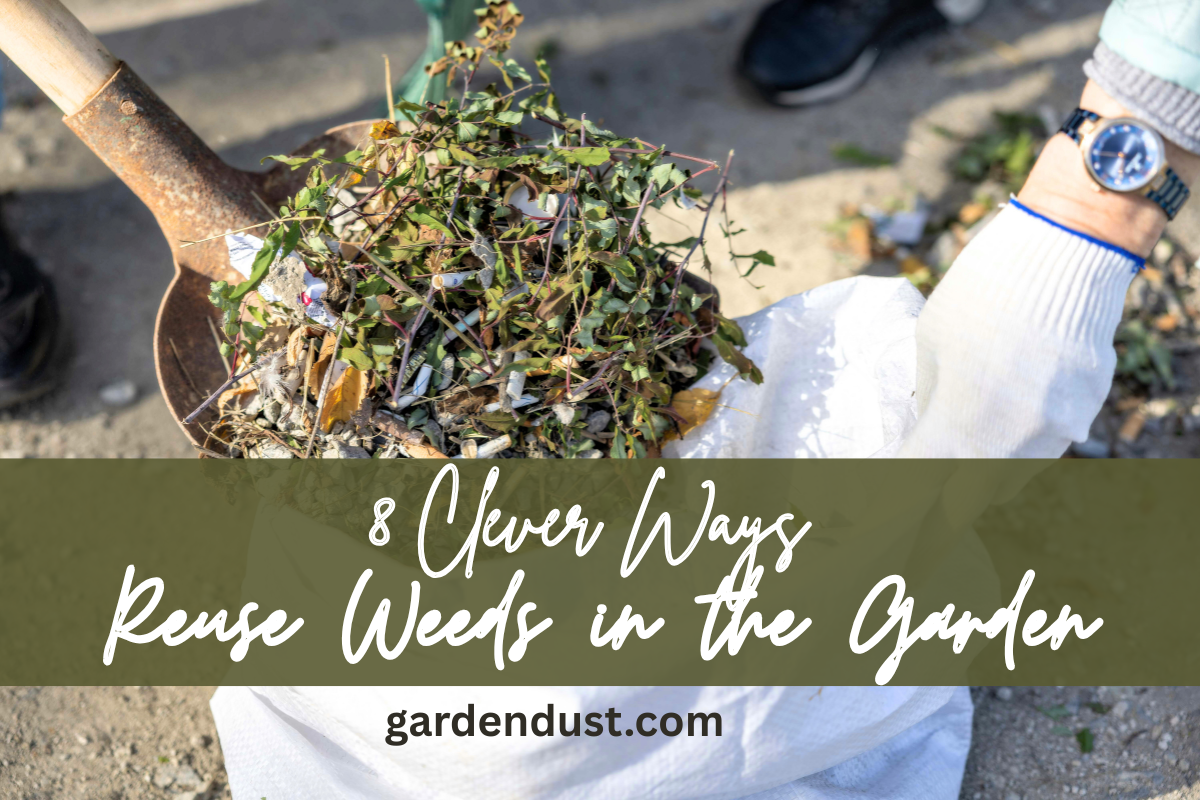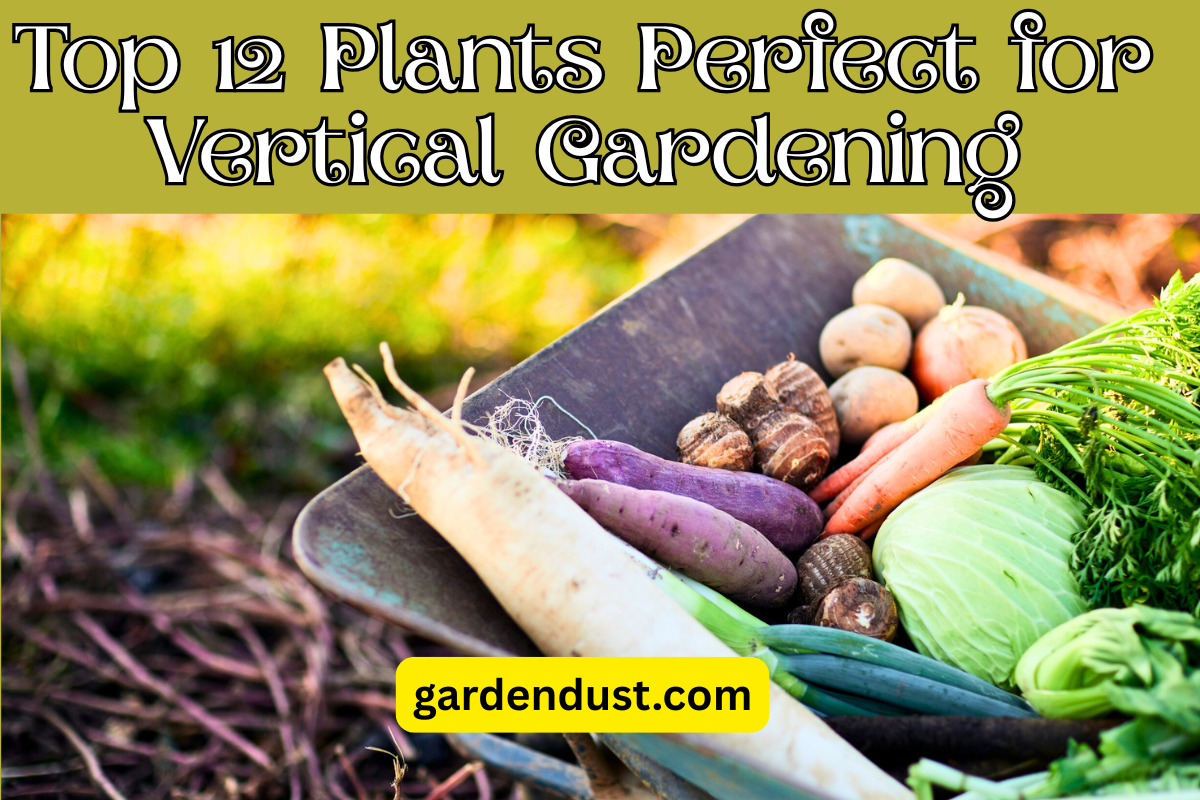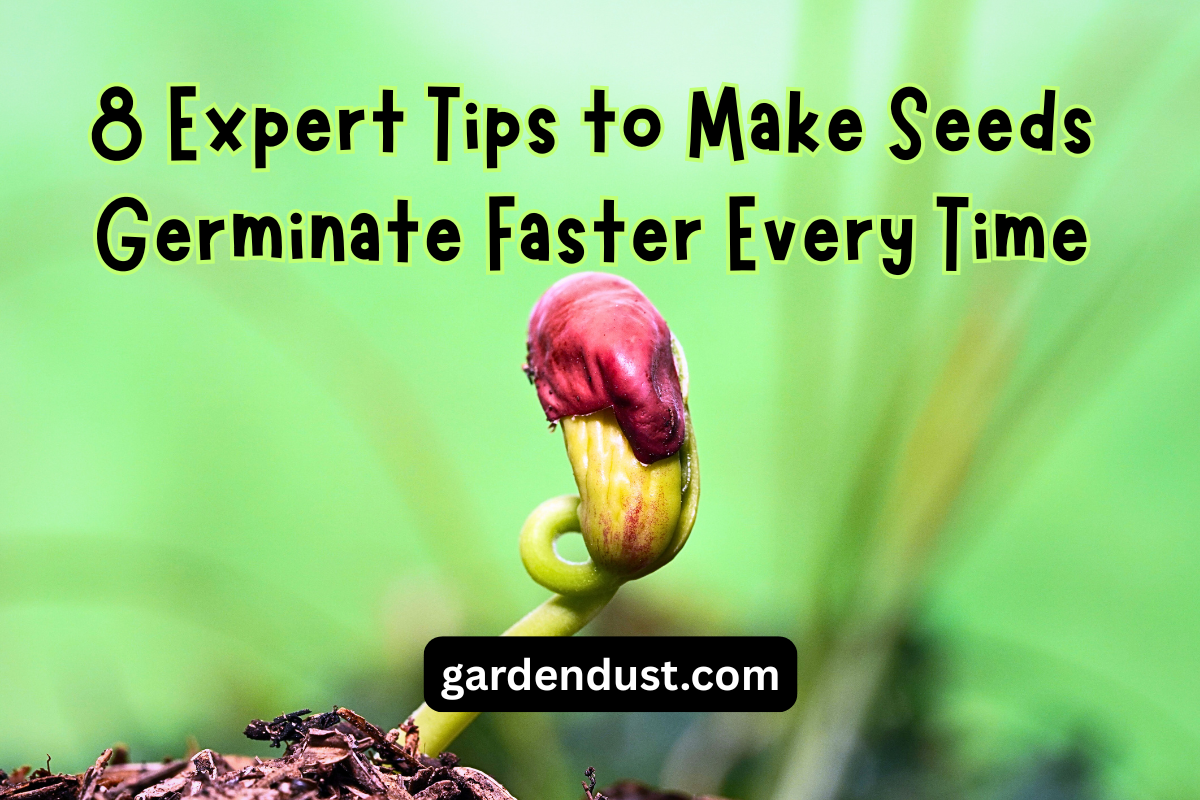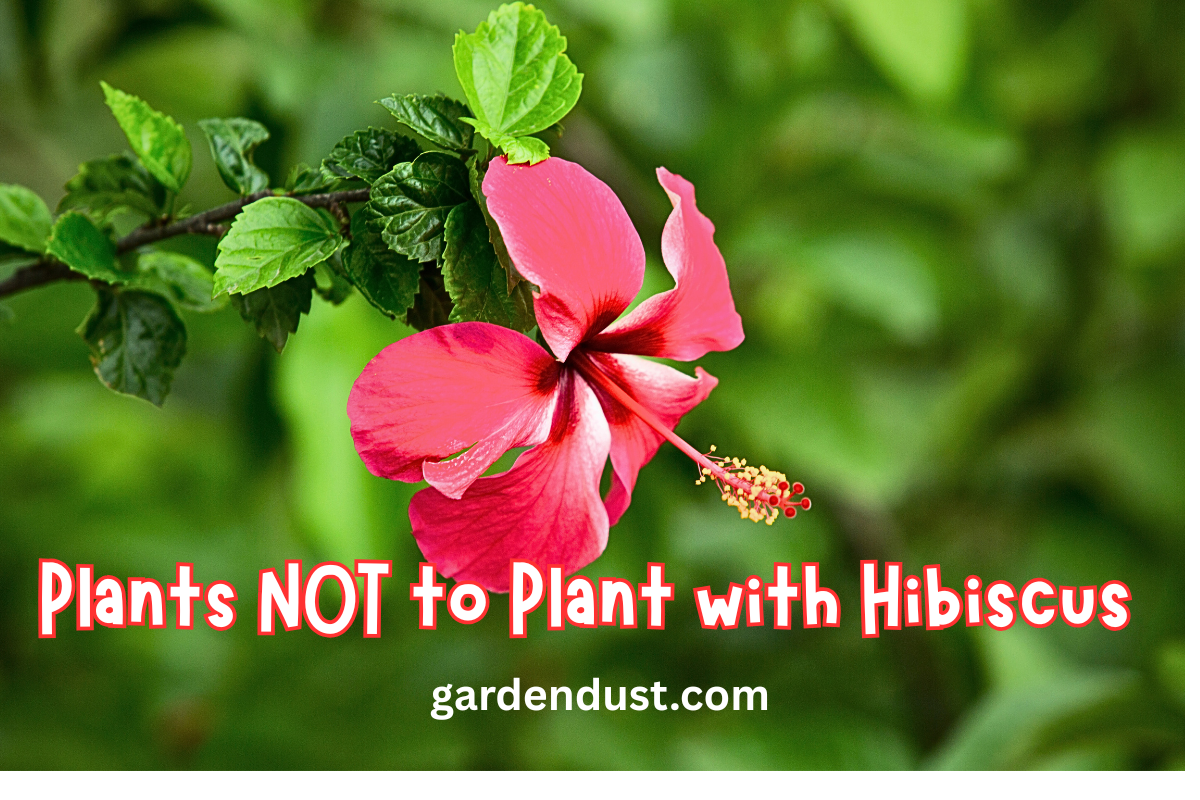Potted perennials add vibrant beauty and structure to gardens, patios, and balconies. However, once winter sets in, these container-bound plants face unique challenges. Unlike their in-ground counterparts, potted perennials have limited insulation around their roots and are more susceptible to freezing temperatures. Protecting them through the cold months is crucial to ensure their survival and performance the following growing season. This comprehensive guide explores the best methods to safeguard your potted perennials during winter, covering climate considerations, container selection, insulation techniques, and maintenance tips.
Understanding the Risks to Potted Perennials
Roots are the most vulnerable part of any plant in cold weather. While soil in the ground provides insulation, pots expose roots to rapid temperature fluctuations and deep freezing. These conditions can damage or kill root systems, especially in climates with harsh winters. Additionally, freeze-thaw cycles can cause pots to crack and soil to heave, dislodging or harming roots. Wind, lack of moisture, and sun exposure can exacerbate the problem, making comprehensive protection strategies essential.
Know Your Hardiness Zone
Understanding your USDA hardiness zone is the first step in protecting your plants. Perennials rated for your zone or one zone colder are more likely to survive winter outdoors. However, a plant rated for Zone 5 planted in a pot in a Zone 5 area might not survive unless additional precautions are taken. In pots, plants experience colder conditions than they would in the ground, often dropping two zones in hardiness. This means that even a Zone 5 perennial may need the same care you’d give to a Zone 3 plant.
Choosing the Right Container
Container choice plays a crucial role in winter survival. Porous materials like terra cotta and unglazed ceramics absorb moisture and can crack during freezing temperatures. Instead, opt for materials like:
- Fiberglass-Lightweight and resistant to cracking.
- High-Quality Plastic-Durable and insulating.
- Wooden Barrels- Provide moderate insulation but may deteriorate over time.
- Metal Containers-Not ideal as they conduct cold quickly, unless heavily insulated.
Make sure containers have adequate drainage. Waterlogged soil can freeze and damage roots, so elevating pots slightly or using pot feet to allow water to drain freely is beneficial.
Insulating Potted Perennials
Insulation is one of the most effective strategies for winter protection. Here are several insulation methods:
- Wrap Pots-Use bubble wrap, burlap, foam, or horticultural fleece to insulate containers. Avoid wrapping too tightly; air pockets help provide insulation.
- Mulch-Add a thick layer (4-6 inches) of organic mulch like straw, pine needles, shredded leaves, or bark chips to the top of the soil. This helps insulate the root zone.
- Group Pots- Cluster pots together, preferably with the hardiest plants on the outer edges. This creates a microclimate and reduces wind exposure.
- Bury Pots– If space allows, dig a trench in a garden bed and bury pots up to their rims. This simulates in-ground conditions and provides excellent insulation.
- Use Cold Frames or Mini-Greenhouses-These structures trap heat and protect plants from wind, snow, and rapid temperature shifts.
Location, Location, Location
- Placement is key. Move potted perennials to a sheltered location such as:
- Against a South or West-Facing Wall: These areas receive more sunlight and radiate heat.
- Under Eaves or Overhangs- Reduces snow and rain exposure.
- In Unheated Garages or Sheds-Offers stable temperatures and protection from wind, though supplemental light or occasional watering may be needed.
- Avoid placing pots directly on concrete or bare ground, which can become very cold. Instead, use wood pallets, bricks, or pot feet to elevate them.
Moisture Management
Watering during winter is often overlooked but critical. Plants still need moisture during dormancy. Dry soil freezes more quickly and can stress roots. Here are some tips:
- Water Before the Ground Freezes-Give perennials a deep watering in late fall.
- Check Periodically-In mild winters or protected areas, check soil moisture monthly and water if dry.
- Avoid Overwatering– Excess moisture can freeze and expand, damaging roots and pots.
Pruning and Cleanup
Most perennials benefit from light pruning in late fall to remove dead or diseased growth. However, avoid heavy pruning as stems can help insulate the crown. For plants like ornamental grasses, leaving foliage in place adds winter interest and extra protection.
Remove fallen leaves and debris from containers to prevent pests and diseases from overwintering. Clean pots to eliminate fungal spores and eggs.
Overwintering Indoors
Some tender perennials or borderline-hardy varieties may not survive outdoors even with insulation. In these cases, bring them indoors:
- Dormant Storage-Move dormant plants into a cool (35-50°F), dark space like a basement. Water sparingly to prevent desiccation.
- Active Growth Indoors-Some plants can continue growing indoors with adequate light. Use grow lights if necessary and maintain moderate humidity.
Be sure to check for pests before bringing plants inside, and isolate them from houseplants for a few weeks to prevent infestations.
Protecting Specific Plant Types
- Herbaceous Perennials-Most go dormant in winter and benefit from heavy mulching and sheltered locations.
- Woody Perennials and Shrubs– May retain leaves and require more water. Wrapping or placing in a wind-protected area is ideal.
- Evergreens-Need light and moisture during winter. Avoid full indoor storage unless you can simulate outdoor light and humidity.
Common Mistakes to Avoid
- Ignoring Zone Adjustments– Always factor in the two-zone drop for potted plants.
- Using the Wrong Pots– Avoid cheap plastic or clay pots in cold regions.
- Forgetting to Water-Dormant doesn’t mean dead; roots still need some hydration.
- Delaying Prep-Start preparations in early to mid-fall before hard frosts hit.
Spring Transition
As spring approaches, gradually acclimate your perennials to outdoor conditions. Remove insulation slowly and monitor weather for late frosts. Resume regular watering and feeding once active growth resumes. Prune dead stems and refresh soil if needed.
Final Thoughts
Winter doesn’t have to mean the end for your potted perennials. With thoughtful planning and proper care, your containers can survive and thrive through the cold months. Assess your climate, choose the right containers, insulate effectively, and monitor moisture. Whether tucked into garden beds or resting in a cozy corner of your garage, well-cared-for perennials will reward you with vigorous growth and beautiful blooms come spring.
Investing time and effort into winter protection ensures your gardening success year after year, even when temperatures plummet. Happy Gardening….

